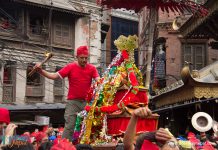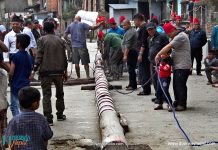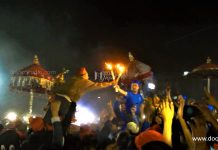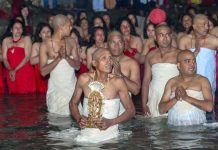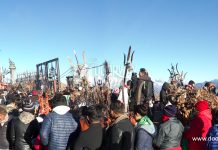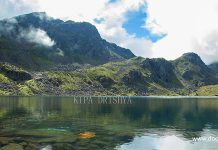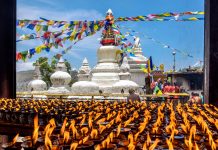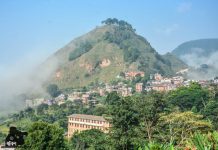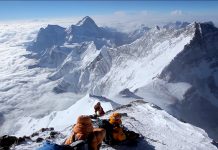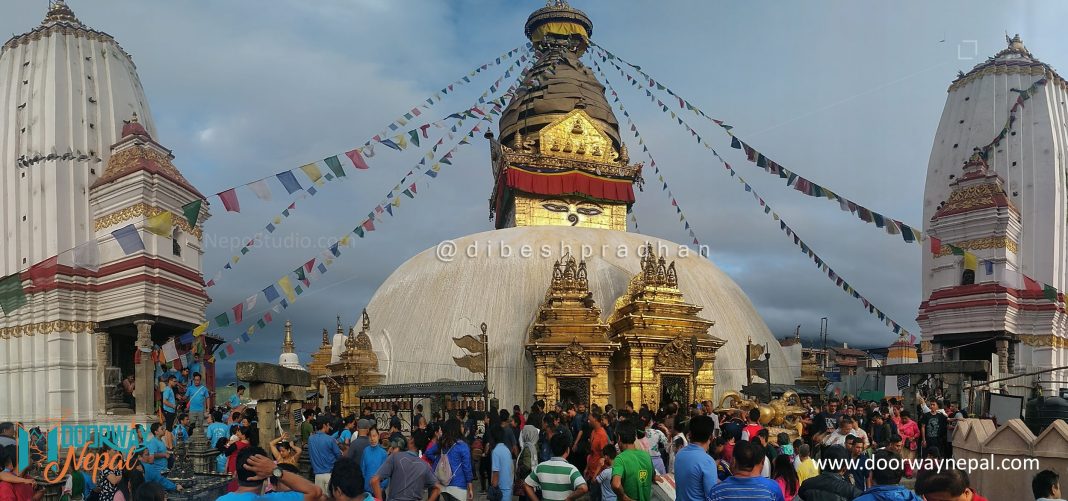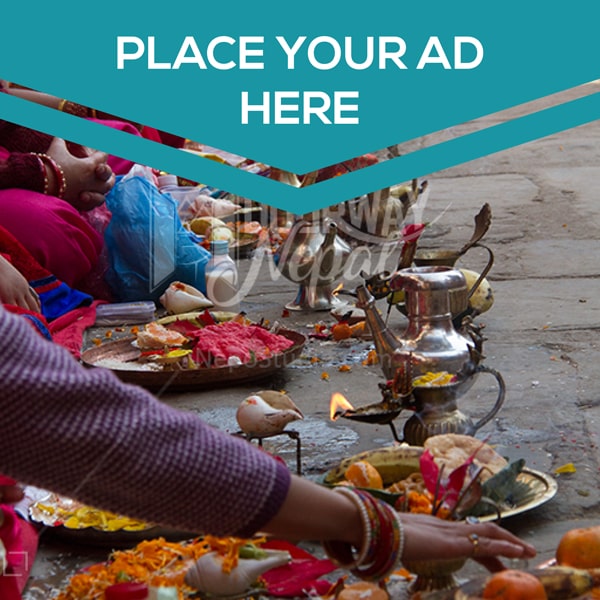Gunlā (Nepal Bhasa: गुंला) is one of the most revered festivals for the Newar Buddhists. According to the Newari dialect, LA means month whereas GU means a hill or mountain. As per the Bikram Sambat calendar, this festival starts from Shrawan Shukla Pratipada and ends at Bhadra Shukla Pratipada, and it lasts for a month. The entire month is termed as Gunla. In this auspicious occasion, people visit Buddhist shrines and pay regards to Buddha. Children and adults play musical instruments like DHA BAJA and NEKU and they roam the Buddha bihars and small gulleys.
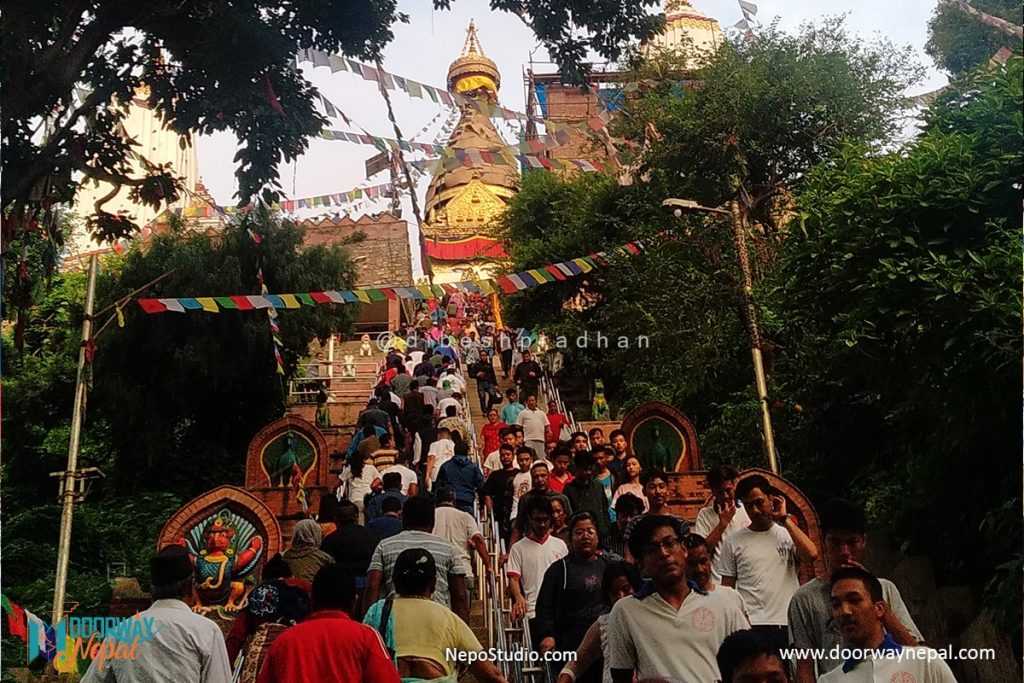
The Swoyambhunath stupa is the main epicenter of this religious festival. The environment is made religious and harmonic by people playing musical instruments. In recent years, there is an increasing trend of incorporating other musical instruments along with traditional ones to make the festival more exciting. Along with music, people chant prayers too. The major aspect of the Gunla festival includes people of the Newar community visiting the Swoyambhunath stupa early in the morning. Not only in Kathmandu but the people living in Bhaktapur, Kavre, Banepa, Thimi, and Kirtipur also celebrate it by visiting their nearby stupas and bihars.
ORIGIN OF GUNLA
There is a fascinating history regarding the Gunla festival. The story is linked with the reincarnation of a king named Singhaketu. The king enjoyed hunting and violence whereas his wife did not take part in it. She was an advocate of peace. In spite of them being the exact opposite of each other, the holy books say that they will meet each other again once they are reincarnated. After their reincarnation, the queen is born as a Brahmin. She saves the king from peril and gains knowledge about her association with him in the past. The king was born as a calf due to his past deeds. Due to the efforts by the woman, the king was freed from his misdeed and he once again turned into a human.
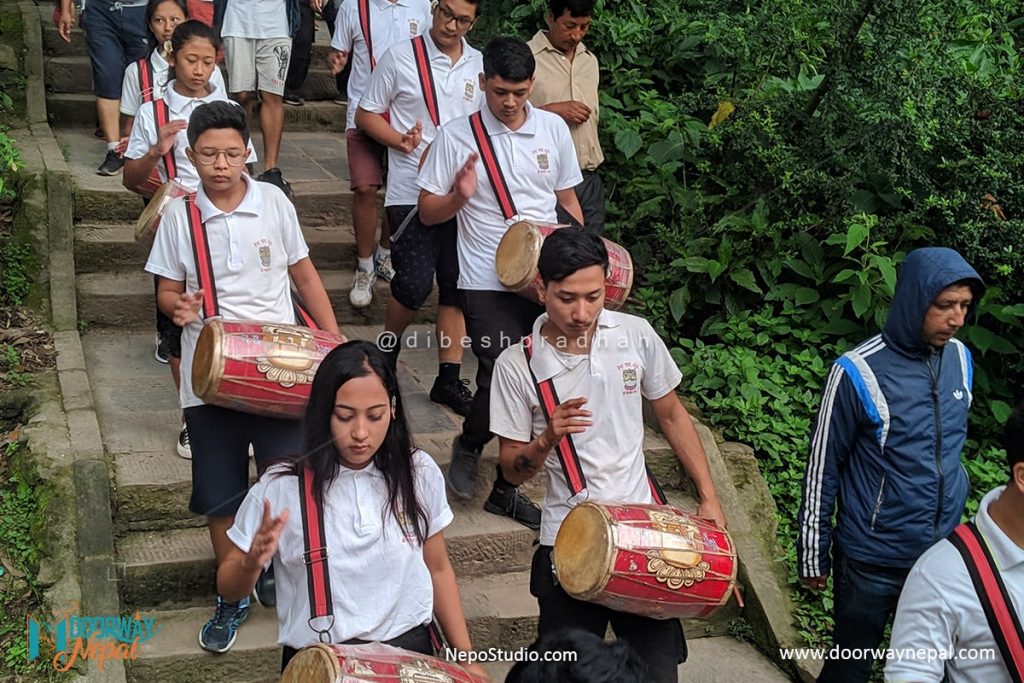
From that day onwards, this festival was celebrated by playing many musical instruments. In the Newar community, people play musical instruments with the hope that the deceased may find peace in the afterlife and the ashes of the dead are also used to make small mud stupas.
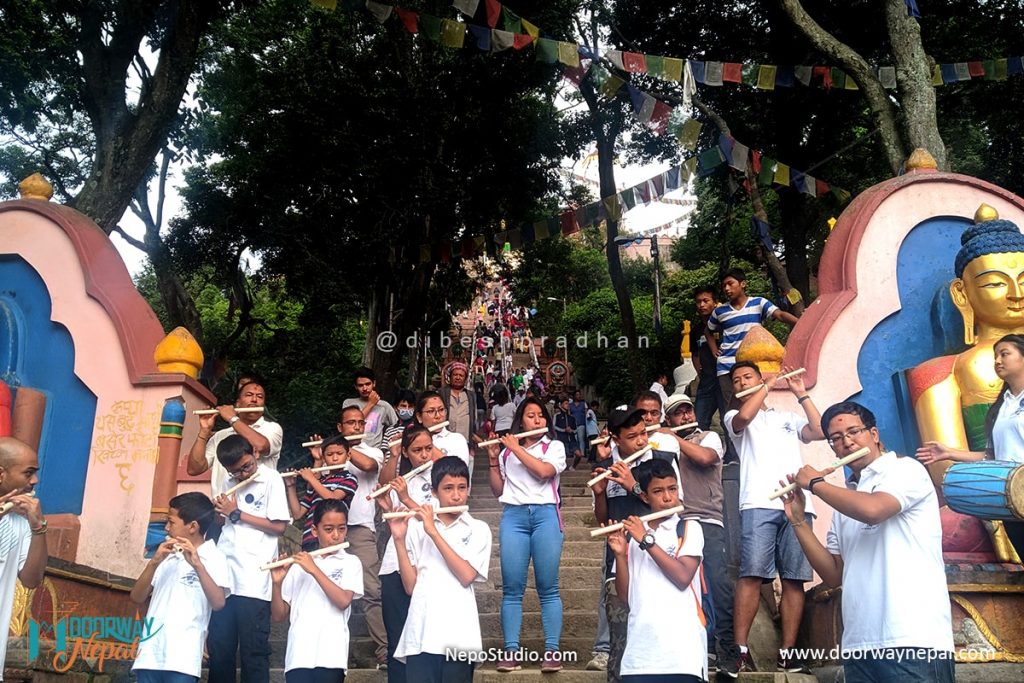
The Bhasa Bansawali has another story as to the origin of this festival. It states that King Bikramadev ordered the Buddhism followers to celebrate Gunla from Shrawan Shukla Pratipada to Bhadra Shukla Pratipada that ranges for a month. In other manuscripts like SARWAGYAMITRAWADAN and BRIS JANMAWADAN, it is written that this festival is to be followed by visiting chaityas, bihars, and playing musical instruments. It also states that by doing so, the soul of the deceased finds inner peace.
METHODS OF CELEBRATING GUNLA
Gunla festival is not just limited to playing musical instruments. Depending on the location, it is celebrated in a variety of ways. The Bajrayani Boudhamargi Newars celebrate it by making Sawa lakh chaitya. In the month of Gunla, people pray to Lord Buddha daily. The place where the prayer is to be held is managed by the local community and the fund to do so are allocated accordingly.
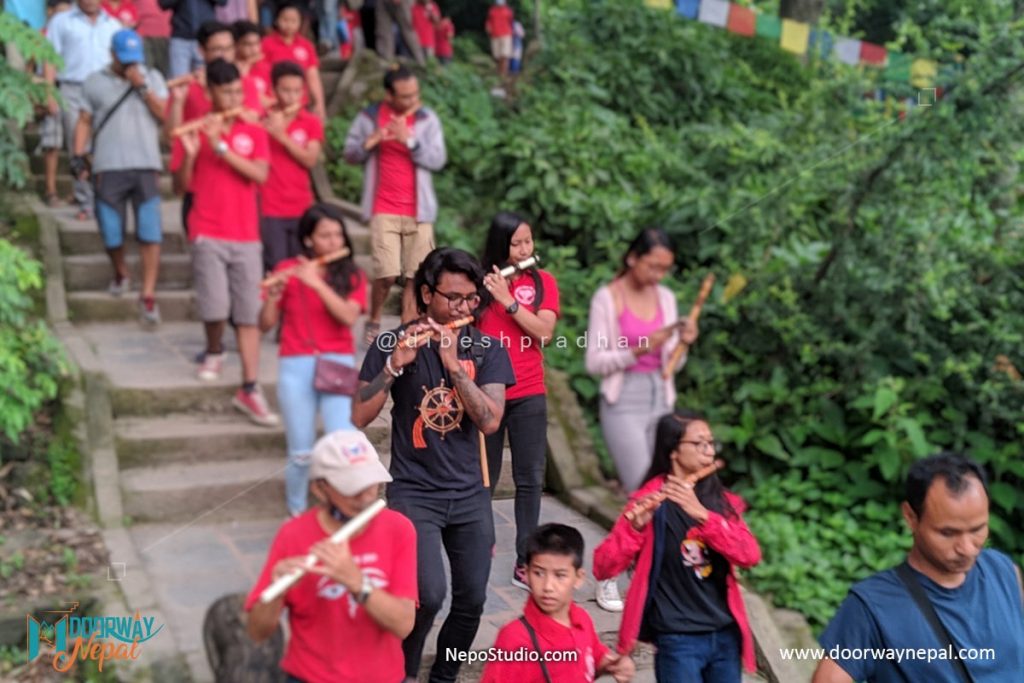
The person responsible for managing the festival has very important roles. Before Shrawan Shukla Pratipada, he needs to visit 4 different pilgrim hubs and collect holy clay to prepare chaityas. He also needs to manage the puja process. All these acts need to be finished before sunrise. From the start of the festival, the previously collected clay is used to make small chaityas. The people participating in this festival bath daily and they do not eat meat, egg, salt, and onion. Early mornings are separated for making chaityas whereas every Wednesday they do Buddha Puja. On Wednesday, the number of people that come to witness the puja is also comparatively high. People play musical instruments and visit nearby districts too. This is seen as a friendly gesture and a hand towards friendship.
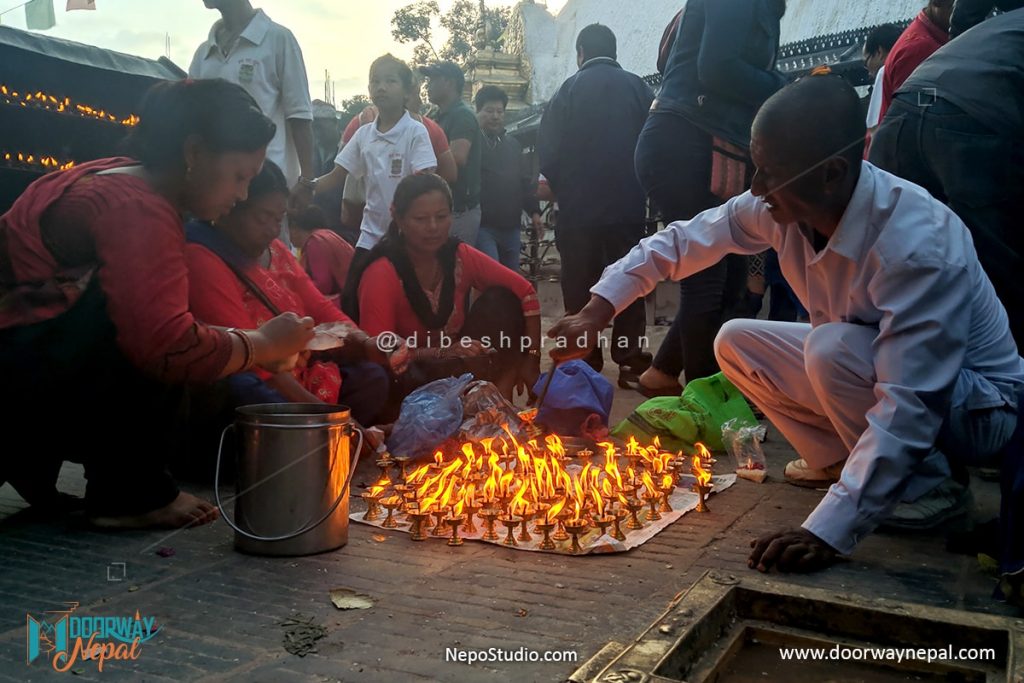
Bhadra Shukla Pratipada marks the end of Gunla festival. In the morning, along with the melody of musical instruments, people visit the chaityas first and later they visit the place where the festival was held. They take out the mud chaityas today and put the chaitya of Shakyamuni Buddha on a kharpan and place it on a nearby religious hub. This act is accompanied by music and a lot of people. In Bhaktapur, the chaityas are sent to Hanumanghat. The priests in Hanumanghat chant religious prayers and along with music, end this festival.
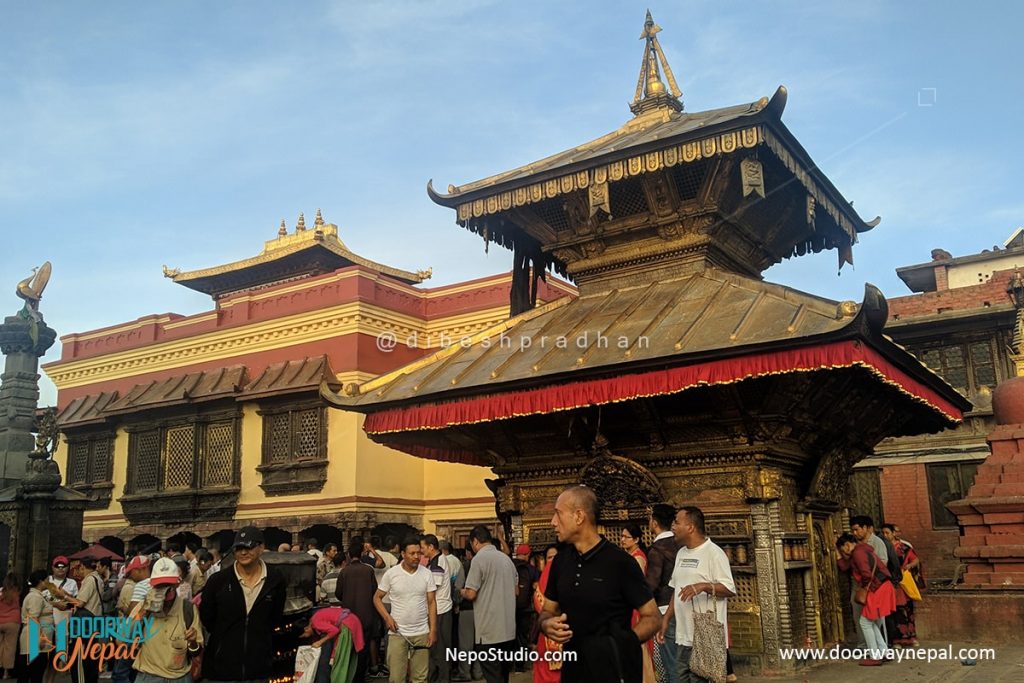
This festival is not living up to its maximum extent mostly due to budget and time constraints. The duty to protect and promote this festival lies in the hands of the locals and government.
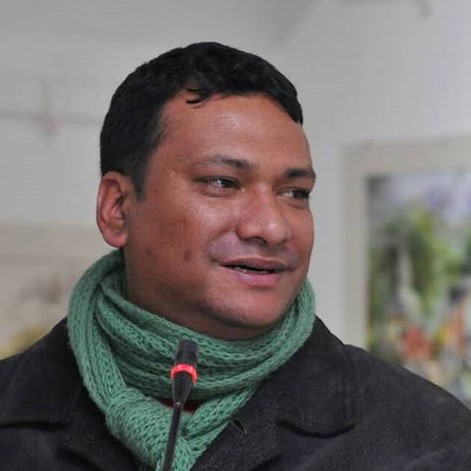
Photos: Dibesh Pradhan
Pradhan is an Artist and Photography Enthusiast.



